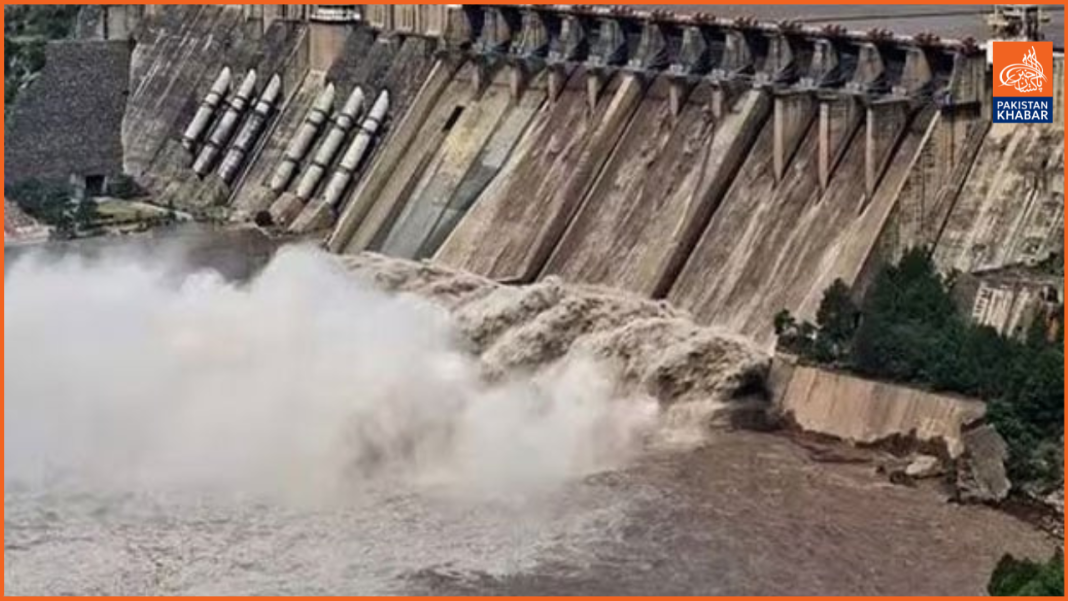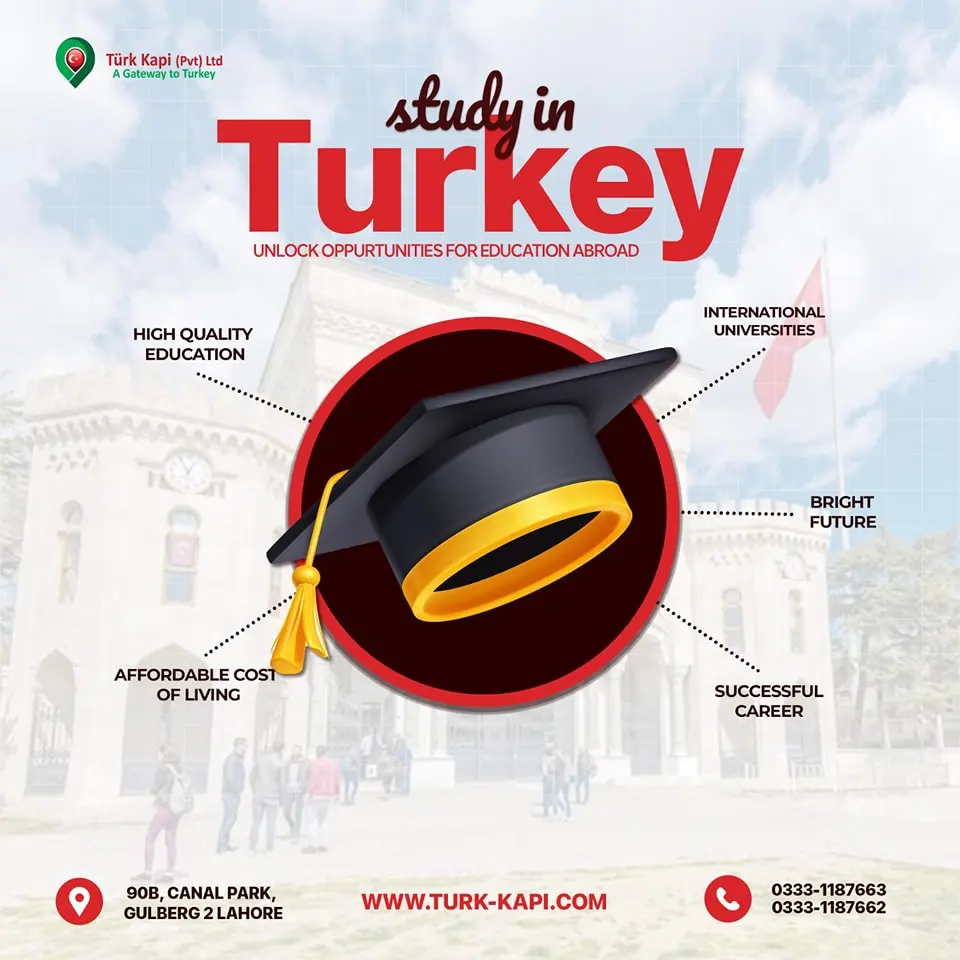A Conflict Without Closure
Seventy-seven years after the Partition of 1947, India and Pakistan remain locked in a bitter rivalry that has outlasted generations. With three full-scale wars, multiple skirmishes, and regular diplomatic breakdowns, the Indo-Pakistani conflict has become one of the world’s most enduring geopolitical flashpoints. The tension, particularly over Kashmir, often flares into dangerous military standoffs—most recently in early 2025 when India conducted air raids in Pakistan-administered Kashmir, triggering another round of diplomatic and military brinkmanship.
But behind the nationalism, the flag-waving, and the calls for restraint, lies a less discussed reality: war and conflict are profitable. While common citizens on both sides bear the cost—in lives, trauma, and lost opportunities—a select group of beneficiaries thrive in the shadow of this enduring hostility.
Let’s take a clear-eyed look at who gains the most from the Indo-Pakistani conflict—and why peace, despite the public’s yearning, remains elusive.
- The Military-Industrial Complex: Fueling the Fire
Both India and Pakistan maintain large and increasingly sophisticated military forces. And why wouldn’t they? In a region where the border is not just disputed but explosive, defense spending has become politically justifiable, even inevitable.
India’s defense budget hit a record $86.1 billion in 2024, making it the fifth-highest in the world. Pakistan, though dwarfed economically, allocates a significant portion of its GDP to defense—over $10 billion annually. This money funds weapons, fighter jets, surveillance systems, and cyber capabilities, and much of it flows to defense contractors.
In India, companies like Hindustan Aeronautics Limited (HAL), Larsen & Toubro, and Bharat Dynamics benefit from a surge in indigenous military production under the “Make in India” initiative. Global giants—Lockheed Martin, Boeing, and Dassault Aviation—have also tapped into the Indian defense market, eager to capitalize on arms deals.
Pakistan, heavily reliant on imports, is a key client of China’s arms industry. Over 80% of Pakistan’s major weapons systems are Chinese-made, including the JF-17 fighter jets and surface-to-air missile systems. Beijing benefits not only financially, but also strategically, by maintaining leverage over Islamabad.
The takeaway? A sustained state of hostility justifies massive, recurring defense expenditures. And in this cycle, the arms producers rarely lose. - Political Elites: Rallying the Base
War rhetoric sells—and not just to the media. It also boosts political capital. Leaders on both sides have historically turned to the Indo-Pak narrative during election cycles or times of domestic trouble.
In India, national security has become a central plank of political campaigns. The Balakot airstrikes in 2019, for example, were a major talking point for the ruling BJP in the general elections that followed. The message was simple: strength equals leadership. The same playbook re-emerged in 2025 with “Operation Sindoor,” which was followed by a surge in approval ratings for hardline politicians.
Across the border, Pakistan’s civilian and military leadership have also used tensions to consolidate power. Crises divert public attention from inflation, unemployment, and governance failures. The military, which plays a dominant role in Pakistani politics, uses the Indian threat to justify its centrality in state affairs and its vast economic influence.
In both countries, nationalism becomes a shield—and sometimes a sword—allowing leaders to suppress dissent, sideline critics, and focus the public gaze outward. - Media Houses: Conflict is Prime-Time Gold
There’s no denying that conflict makes for compelling television. Whenever India and Pakistan clash—militarily or diplomatically—TV ratings soar. Channels loop footage of jets taking off, politicians making fiery speeches, and retired generals mapping out “what happens next.”
In India, channels like Republic TV and Times Now have turned “debates” into hyper-nationalistic theatre. In Pakistan, outlets like ARY News and Bol News often mirror the same jingoistic tone. The result? A feedback loop where emotion trumps fact, and outrage becomes monetizable.
Media owners profit through increased ad revenue, digital clicks, and YouTube views. Sensationalism also drowns out more pressing stories—poverty, healthcare, education—keeping the population locked in an echo chamber of grievance and suspicion. - Tech and Cyber Firms: A Digital Battleground
The modern Indo-Pak conflict isn’t just waged on land and in the skies—it’s online. Both countries are investing heavily in cyber warfare, surveillance, and data intelligence. Governments, fearing espionage and sabotage, are increasingly outsourcing cybersecurity needs to private firms.
Israeli, American, and domestic surveillance companies benefit from this new theatre of warfare. India’s 2020 Pegasus spyware scandal and Pakistan’s allegations of Indian-sponsored cyberattacks point to a murky digital arms race.
The more adversarial the relationship becomes, the more justification there is for invasive surveillance—of not just the other side, but also domestic dissenters. It’s a bonanza for tech firms that profit from state paranoia. - Extremist Networks and Black Markets: Conflict as Cover
While the top-tier profiteers are often global or institutional, local non-state actors also exploit the Indo-Pak hostility. Militant groups operating in Kashmir and elsewhere use each escalation to recruit, fundraise, and justify violence. Their existence thrives in ambiguity, in a grey zone where peace is distant and conflict is perpetual.
Conflict also fosters black markets—smuggling of arms, narcotics, and counterfeit currency often spikes during times of instability. The porous Line of Control (LoC) becomes a theater not just of ideological war but of criminal enterprise. - International Powers: The Chessboard View
Great powers, particularly the U.S., China, and Russia, have historically played balancing roles in the Indo-Pak conflict—often selling arms to both sides while preaching peace.
For Washington, India is a strategic counterweight to China, but Pakistan remains key to regional counterterrorism. China, meanwhile, backs Pakistan but maintains strong trade ties with India. Russia sells arms to both, positioning itself as a neutral supplier.
These powers may not directly fan the flames, but they profit from the uncertainty—through arms deals, diplomatic brokerage, and strategic leverage.
Conclusion: The Cost of Perpetual Tension
The human cost of the Indo-Pak conflict is devastating—tens of thousands dead, millions traumatized, and entire generations growing up under the shadow of war. For most citizens, peace is not just a hope, but a necessity.
Yet, as we’ve seen, the status quo is profitable—for defense companies, politicians, media magnates, and foreign powers. These beneficiaries, insulated from the frontline, often have little incentive to change the narrative.
Understanding this web of interests is crucial if South Asia ever hopes to break free from its cycle of hostility. Real peace will only come when the cost of war outweighs its profits—not just for ordinary people, but for the powerful few who benefit from conflict’s cruel dividends.
Sources & References
Stockholm International Peace Research Institute (SIPRI), “Trends in World Military Expenditure, 2024,” April 2025. https://www.sipri.org/sites/default/files/2024-04/2404_fs_milex_2023.pdf
Moneycontrol, “India’s 2024 Military Spending Nearly 9 Times That of Pakistan,” April 28, 2025. https://www.moneycontrol.com
Eurasian Times, “India Cuts Imports as Pakistan Ramps Up Defense Purchases,” March 2024. https://www.eurasiantimes.com
The Diplomat, “The Indo-Pak Cyberwar: New Fronts, Old Foes,” January 2025.
BBC News, “Kashmir Conflict: The Long Road to Peace,” February 2025. https://www.bbc.com/news/world-asia



